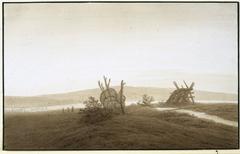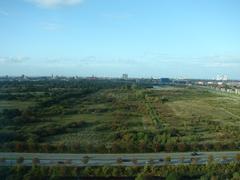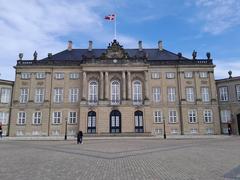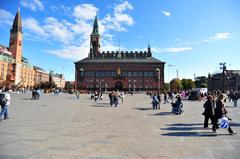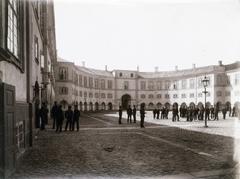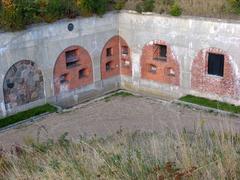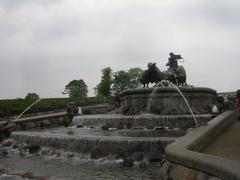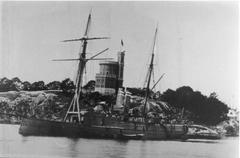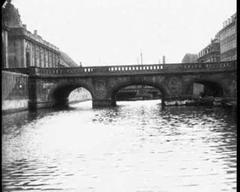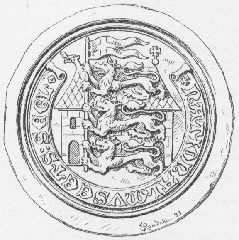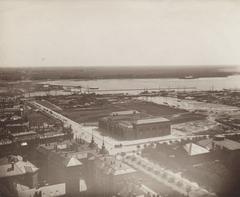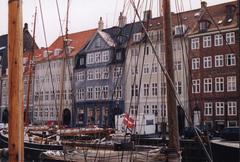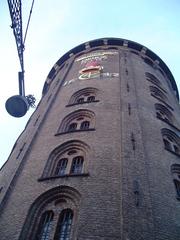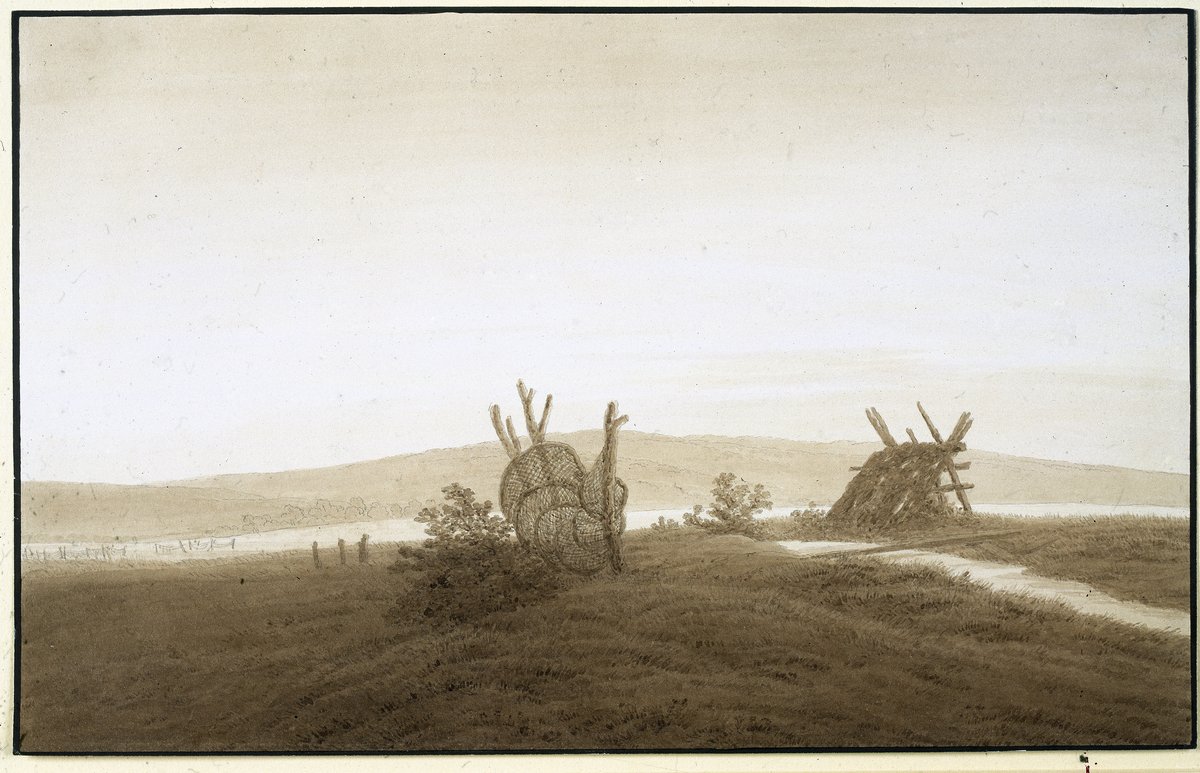
Visiting Hours and Tickets for Amalienborg Palace Museum in Frederiksberg, Denmark
Date: 17/08/2024
Introduction
Discover the grandeur and historical significance of Amalienborg Palace, the heart of Denmark’s royal heritage. This iconic landmark not only serves as the residence of the Danish royal family but also offers a rich tapestry of history, architecture, and culture for visitors to explore. Located in the heart of Copenhagen, Denmark, Amalienborg Palace was constructed in the 1750s as the centerpiece of the Frederiksstaden district, a project initiated by King Frederick V to commemorate the 300th anniversary of the Oldenburg family’s ascent to the Danish throne (Wikipedia). Designed by royal architect Nicolai Eigtved, the district features a grand octagonal square surrounded by four identical palaces originally built to house noble families (Kongernes Samling).
The transition of these palaces to royal residences occurred in 1794 after a devastating fire at Christiansborg Palace. King Christian VII quickly acquired two of the palaces, and within days, the royal family moved in (Kongehuset). Over time, the other two palaces were also incorporated into the royal estate, collectively named Amalienborg, after the summer palace that previously stood on the site but burned down in 1689 (Denmark.net).
Amalienborg is renowned for its Rococo architectural style, characterized by elaborate ornamentation and intricate interior designs. The four palaces—Christian VII’s Palace, Frederik VIII’s Palace, Christian IX’s Palace, and Christian VIII’s Palace—each exhibit unique architectural and decorative elements reflecting the tastes and styles of different periods and royal occupants (Visit Copenhagen). The central courtyard features an equestrian statue of King Frederick V, symbolizing the king’s vision and the grandeur of the Frederiksstaden project (Wikipedia).
The Amalienborg Museum, located in Christian VIII’s Palace, offers visitors a glimpse into the lives of the Danish royal family, with exhibits spanning 150 years. It showcases personal suites, private offices, and a Fabergé Chamber displaying exquisite Russian jewelry and artifacts from the 18th and 19th centuries (Denmark.net). The museum’s permanent exhibition includes reconstructions of royal interiors and interactive models, providing insights into the history of Amalienborg and the daily life of the modern Danish monarchy (Kongernes Samling).
Table of Contents
- [Introduction](#introductionintroduction)
- [History and Significance of Amalienborg Palace Museum](#history-and-significance-of-amalienborg-palace-museumhistory-and-significance-of-amalienborg-palace-museum)
- [Origins and Architectural Development](#origins-and-architectural-developmentorigins-and-architectural-development)
- [Transition to Royal Residence](#transition-to-royal-residencetransition-to-royal-residence)
- [Architectural and Cultural Significance](#architectural-and-cultural-significancearchitectural-and-cultural-significance)
- [Historical Events and Royal Occupants](#historical-events-and-royal-occupantshistorical-events-and-royal-occupants)
- [The Amalienborg Museum](#the-amalienborg-museumthe-amalienborg-museum)
- [Visitor Information: Tickets, Hours, and Accessibility](#visitor-information-tickets-hours-and-accessibilityvisitor-information-tickets-hours-and-accessibility)
- [Visiting Hours](#visiting-hoursvisiting-hours)
- [Ticket Prices](#ticket-pricesticket-prices)
- [Accessibility](#accessibilityaccessibility)
- [The Changing of the Guard](#the-changing-of-the-guardthe-changing-of-the-guard)
- [Nearby Attractions and Travel Tips](#nearby-attractions-and-travel-tipsnearby-attractions-and-travel-tips)
- [FAQ](#faqfaq)
- [What are the visiting hours for Amalienborg Palace?](#what-are-the-visiting-hours-for-amalienborg-palacewhat-are-the-visiting-hours-for-amalienborg-palace)
- [How much are tickets for Amalienborg Palace?](#how-much-are-tickets-for-amalienborg-palacehow-much-are-tickets-for-amalienborg-palace)
- [Conclusion](#conclusionconclusion)
- [Sources](#sourcessources)
History and Significance of Amalienborg Palace Museum
Origins and Architectural Development
Amalienborg Palace, located in the heart of Copenhagen, Denmark, is a significant historical and architectural landmark. The palace complex was constructed in the 1750s as the centerpiece of the Frederiksstaden district, a project initiated by King Frederick V to commemorate the 300th anniversary of the Oldenburg family’s ascent to the Danish throne (Wikipedia). The district was designed by the royal architect Nicolai Eigtved, who envisioned a grand octagonal square surrounded by four identical palaces. These palaces were initially built to house four noble families: A.G. Moltke, Christian Frederik Levetzau, Joachim Brockdorff, and Severin Løvenskiold (Kongernes Samling).
Transition to Royal Residence
The transition of Amalienborg from noble residences to the royal abode occurred in 1794, following a devastating fire at Christiansborg Palace. Within days, King Christian VII acquired two of the palaces, Moltke’s and Schack’s, and the royal family moved in (Kongehuset). Over time, the other two palaces were also incorporated into the royal estate, and the complex was collectively named Amalienborg, after the summer palace that previously stood on the site but burned down in 1689 (Denmark.net).
Architectural and Cultural Significance
Amalienborg is renowned for its Rococo architectural style, characterized by elaborate ornamentation and intricate interior designs. The four palaces—Christian VII’s Palace, Frederik VIII’s Palace, Christian IX’s Palace, and Christian VIII’s Palace—each exhibit unique architectural and decorative elements that reflect the tastes and styles of different periods and royal occupants (Visit Copenhagen).
The central feature of the complex is the equestrian statue of King Frederick V, created by the French sculptor J.F.J. Saly. This statue, located in the middle of the octagonal courtyard, symbolizes the king’s vision and the grandeur of the Frederiksstaden project (Wikipedia).
Historical Events and Royal Occupants
Amalienborg has been the residence of numerous Danish monarchs and their families. Notably, it was home to King Christian IX and Queen Louise, who were known as “Europe’s parents-in-law” because their children married into various European royal families (Visit Copenhagen). The palace complex has witnessed significant historical events, including the occupation of Denmark during World War II. A tunnel was even dug under Frederiksgade street to facilitate the royal family’s escape if necessary (Kongernes Samling).
The Amalienborg Museum
The Amalienborg Museum, located in Christian VIII’s Palace, offers visitors a glimpse into the lives of the Danish royal family. The museum’s exhibits span 150 years, showcasing the personal suites and private offices of various monarchs, including Christian IX and Queen Louise. The museum also features a Fabergé Chamber, displaying exquisite Russian jewelry and artifacts from the 18th and 19th centuries (Denmark.net).
The museum’s permanent exhibition includes reconstructions of royal interiors, reflecting different styles such as Victorian, military, and chivalric. Interactive models and displays provide insights into the history of Amalienborg and the surrounding Frederiksstaden quarter, as well as the daily life and traditions of the modern Danish monarchy (Kongernes Samling).
Visitor Information: Tickets, Hours, and Accessibility
Visiting Hours
Amalienborg Palace Museum is open from 10 am to 4 pm, with variations in opening hours depending on the season. It is closed on Mondays, and visitors are encouraged to check the official website for any changes in schedule.
Ticket Prices
Admission fees are DKK 95 for adults, with discounts available for students and free entry for children under 18 (Denmark.net).
Accessibility
Amalienborg Palace Museum is accessible to visitors with mobility issues, thanks to the installation of elevators and disability lifts. The museum staff are available to assist visitors and provide guidance on navigating the palace. However, certain electric wheelchairs may be too large for the lifts, and it is advisable to check in advance (Kongernes Samling).
The Changing of the Guard
One of the most popular attractions at Amalienborg is the daily changing of the Royal Life Guard. This ceremonial event takes place at noon and involves the guards marching from their barracks at Rosenborg Castle to Amalienborg, often accompanied by music. The spectacle is a must-see for visitors, offering a unique glimpse into the traditions and pageantry of the Danish monarchy (Visit Copenhagen).
Nearby Attractions and Travel Tips
When visiting Amalienborg Palace, consider exploring the nearby attractions such as the Marble Church (Frederik’s Church), the Amalie Garden, and the Copenhagen Opera House. These sites offer additional insights into Copenhagen’s rich cultural and historical landscape.
For the best experience, it is recommended to visit during weekdays to avoid the weekend crowds. Also, purchasing tickets in advance can save time and ensure entry during peak tourist seasons.
FAQ
What are the visiting hours for Amalienborg Palace?
The Amalienborg Palace Museum is open from 10 am to 4 pm, with variations depending on the season. It is closed on Mondays.
How much are tickets for Amalienborg Palace?
Admission fees are DKK 95 for adults, with discounts available for students and free entry for children under 18.
Conclusion
Amalienborg Palace Museum is not only a significant historical and architectural landmark but also a living testament to the rich cultural heritage of Denmark. Its transformation from noble residences to the royal abode, coupled with its exquisite Rococo architecture and historical significance, makes it a must-visit destination for anyone interested in royal history and Danish culture. The museum’s exhibits, interactive displays, and the daily changing of the guard offer a comprehensive and engaging experience for visitors.
Call to Action
Plan your visit to Amalienborg Palace and immerse yourself in the royal history of Denmark. For more information on tickets and visiting hours, check out the official website and follow us on social media for updates.
Sources
- Kongernes Samling. (n.d.). The history of Amalienborg. https://www.kongernessamling.dk/en/amalienborg/the-history-of-amalienborg/
- Kongehuset. (n.d.). Amalienborg. https://www.kongehuset.dk/en/palaces-and-the-royal-yacht/amalienborg/
- Wikipedia. (n.d.). Amalienborg. https://en.wikipedia.org/wiki/Amalienborg
- Denmark.net. (n.d.). Amalienborg Palace. https://denmark.net/amalienborg-palace/
- Visit Copenhagen. (n.d.). Amalienborg Palace. https://www.visitcopenhagen.com/copenhagen/planning/amalienborg-palace-gdk492887
- Kongernes Samling. (n.d.). Plan your visit to Amalienborg. https://www.kongernessamling.dk/en/amalienborg/plan-your-visit-amalienborg/
